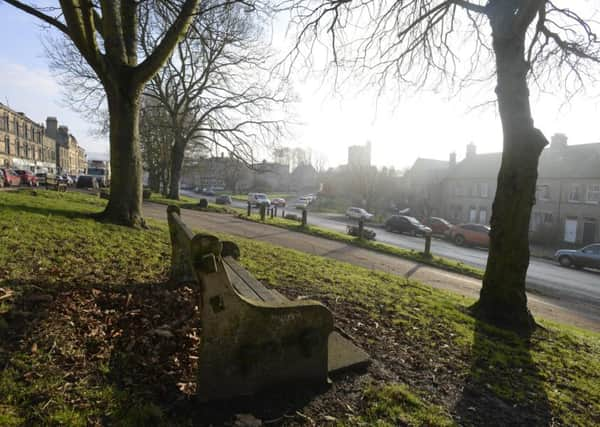Rothbury, History Society


The hall was originally a fortified pele tower, owned by the Fenwick family, the members of which developed the site.
One of these was Sir John Fenwick, third Baronet, who had an extravagant lifestyle, which resulted in him having to sell the hall and estate for £4,000 in 1688 to cover his debts.
Advertisement
Hide AdAdvertisement
Hide AdAs an MP, he led a dangerous political life as a Jacobite supporter, which culminated in him being executed for high treason. He was beheaded in 1697.
Sir William Blackett, a wealthy Newcastle merchant, bought the estate and used it as a hunting lodge.
The house was rebuilt, and the original cellars became the ground floor of the present building. He then developed the house around an open quadrangle.
The fortunes of the estate ebbed and flowed as it changed ownership.
Advertisement
Hide AdAdvertisement
Hide AdBy 1728 the property passed to Sir Charles Calverley Blackett, who employed an architect to create the Palladian style building that we see today.
Later, in 1848, Sir Walter Calverley Trevelyan took over the estate in which he invested successfully, being committed to improving both its productivity and also the living conditions of his tenants.
Capabilty Brown lived in Cambo and advised him about the walled garden at Wallington.
Pauline, the wife of Sir Charles Trevelyan, third Baronet, was a supporter of the Pre Raphaelite movement and encouraged artists to live and work there by offering commissions.
Advertisement
Hide AdAdvertisement
Hide AdWilliam Bell Scott painted murals on the walls of the now roofed central hall, depicting Border history and combining industrial subjects with landscape and historical scenes.
The Trevelyan family are unique in British social and political history in their writings and support of radical reform and involvement in both the Labour and Liberal parties.
The estate remained in the Trevelyan family for more than two centuries until it was given to the National Trust.
The murals remain a great attraction to the many visitors who turn up to visit the hall today.
Advertisement
Hide AdAdvertisement
Hide AdThe next meeting of the history society is on Friday, January 19, in Rothbury Jubilee Hall, at 7pm for a 7.30pm start.
The speaker will be Christopher Hunwick, archivist to the Duke of Northumberland.
New members and visitors would be welcome to attend the meeting.